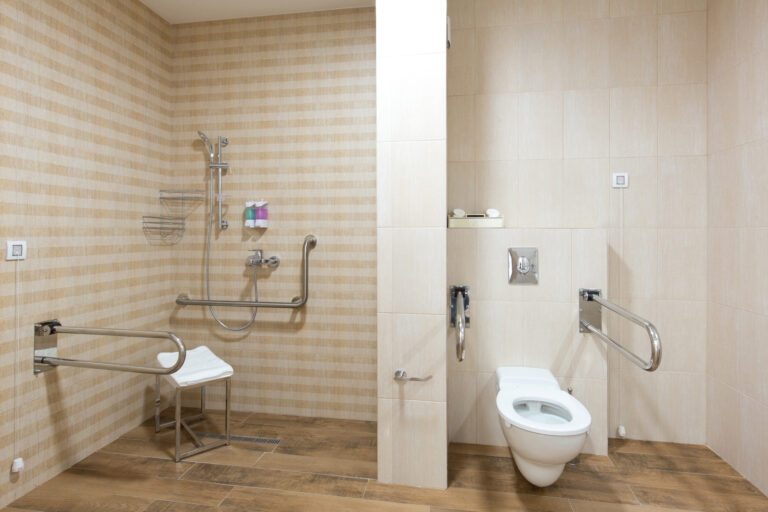Night lighting plays a crucial role in supporting better rest for seniors by addressing several key challenges that aging individuals often face related to sleep, safety, and overall well-being. As people age, changes in vision, mobility, cognitive function, and circadian rhythms can make nighttime navigation risky and disrupt natural sleep patterns. Thoughtfully designed night lighting helps mitigate these issues by providing gentle illumination that enhances safety without disturbing sleep.
One of the primary benefits of night lighting for seniors is **fall prevention**. Many older adults experience reduced visual acuity and depth perception at night, making it difficult to see obstacles or changes in floor level. A soft glow from strategically placed night lights—such as along hallways or near bathrooms—provides essential guidance without the harsh glare of overhead lights. This subtle illumination reduces the risk of tripping or stumbling when moving around during the night. Motion-activated lights are especially helpful because they turn on automatically when movement is detected, eliminating the need for seniors to fumble for switches in darkness and ensuring immediate visibility[5].
Beyond physical safety, appropriate night lighting supports **better sleep quality** by aligning with seniors’ natural biological rhythms known as circadian rhythms. These internal clocks regulate wakefulness and rest cycles but tend to weaken with age or conditions like dementia. Exposure to bright light during daytime hours helps reinforce these rhythms by signaling alertness; conversely, warm-colored dim light at night signals it’s time to wind down[2][3]. Night lights that emit low levels of blue light prevent sudden bright flashes that could disrupt melatonin production—the hormone responsible for inducing sleep—thus minimizing awakenings throughout the night[3]. Seniors using such tuned lighting often report fewer interruptions in their sleep cycles and feel more refreshed upon waking.
For seniors experiencing cognitive decline or disorientation due to dementia or other neurological conditions, consistent visual cues provided by soft nighttime illumination can reduce anxiety associated with navigating dark spaces[1][3]. Night lights act as landmarks within familiar environments so individuals can better recognize doorways or hallways even when their spatial awareness is impaired. This reassurance promotes confidence in moving independently at night while lowering confusion-related agitation.
In addition to improving rest directly through safer navigation and circadian support, proper nighttime lighting also positively influences mood and mental clarity among older adults[2]. Insufficient exposure to natural daylight combined with poorly managed artificial light can contribute to depressive symptoms or cognitive fog common among elderly populations who spend much time indoors.
Furthermore, aging eyes require more light overall but are sensitive to glare; smart lighting systems tailored specifically for seniors provide brighter yet softer illumination that enhances contrast without discomfort[2]. This customization improves visibility not only at bedtime but also during evening activities such as reading or hobbies before sleeping.
In practical terms:
– Nightlights should emit a warm hue rather than cool white/blue tones.
– Placement matters: hallways near bedrooms/bathrooms benefit most.
– Motion sensors add convenience while conserving energy.
– Combining bright daytime exposure with dim nighttime lighting optimizes circadian regulation.
– Visual markers like LED strips along floors/walls help those prone to disorientation navigate safely.
By integrating these principles into home environments where seniors live—whether independently or under care supervision—nighttime becomes less hazardous physically while fostering healthier restorative sleep patterns psychologically.
Ultimately, well-designed night lighting addresses multiple interconnected factors affecting senior rest: reducing fall risks through improved visibility; supporting natural body clocks via appropriate color temperature; easing cognitive stress through environmental familiarity; enhancing mood via balanced light exposure; accommodating sensory needs specific to aging eyes—all contributing toward safer nights filled with deeper rejuvenating rest essential for healthy aging.





